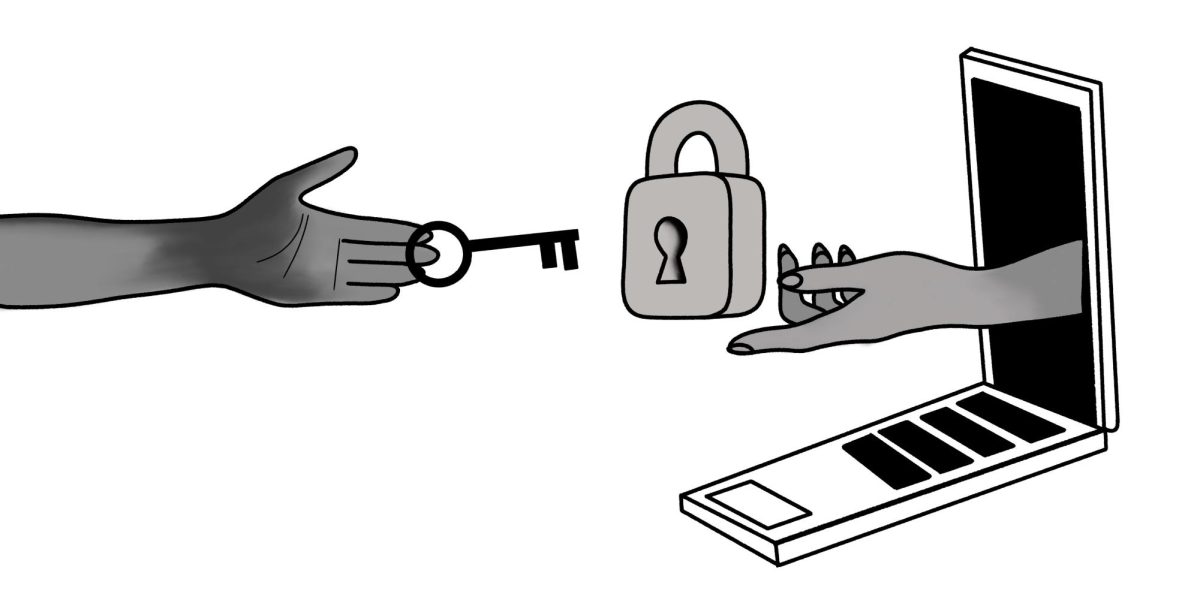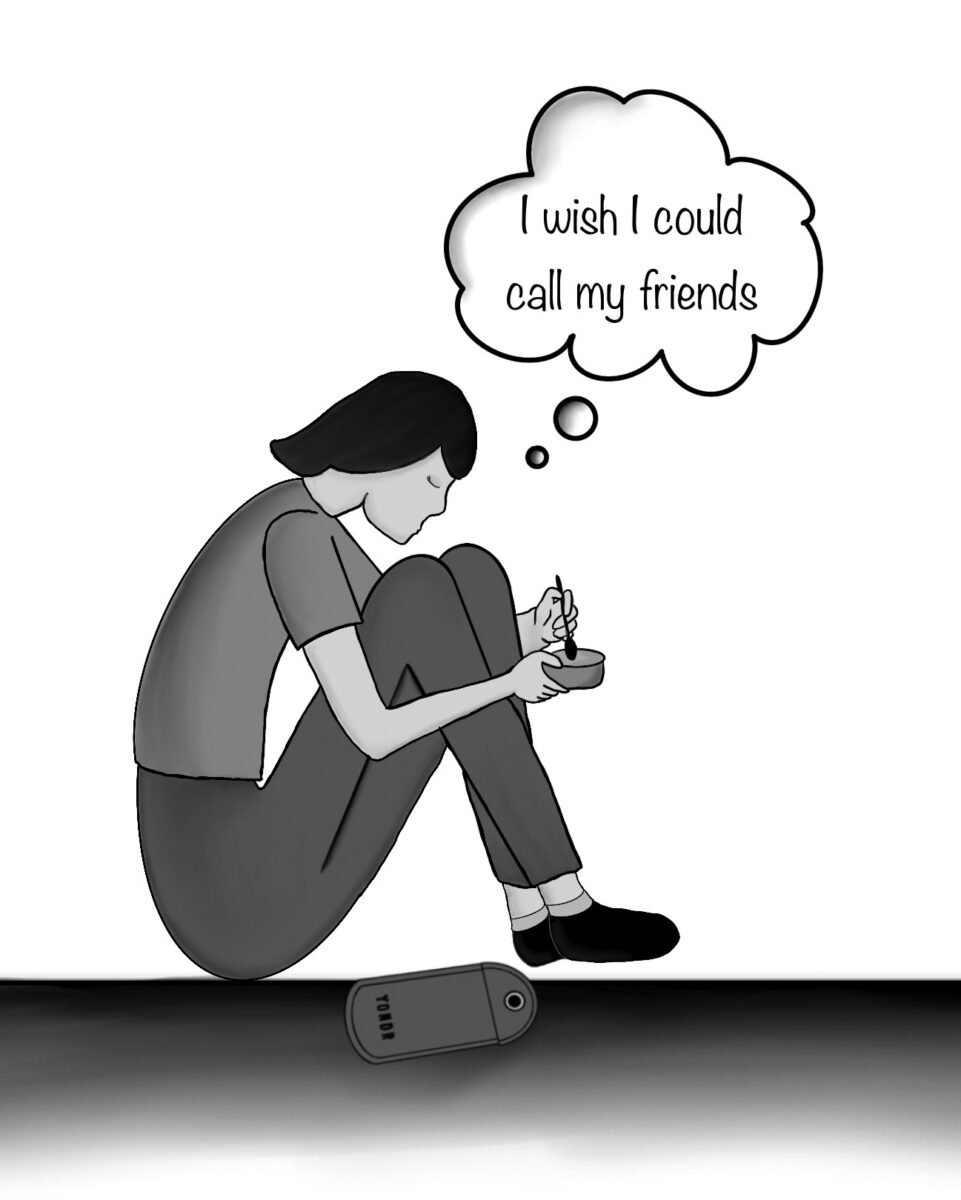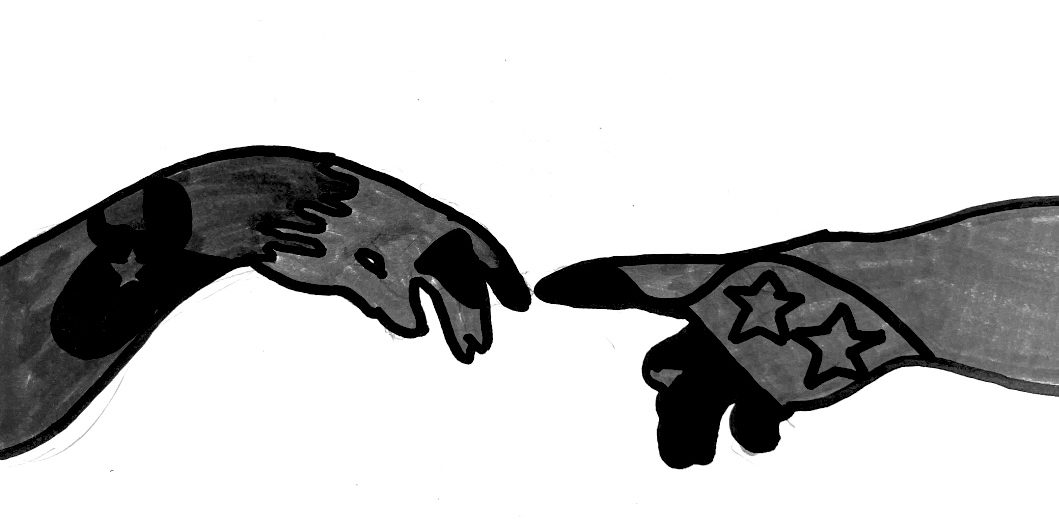August 23 marked the eighth annual GoToplessDay, an event where women in more than 60 cities across the world exposed their breasts in an effort to desexualize the female body as part of the Free the Nipple Campaign.
Free the Nipple is a movement founded by filmmaker and equality activist Lina Esco that aims to remove the double standard regarding the censorship of women’s bodies. It has recently found popularity among social media platforms.
In recent years, feminism and gender equality movements have affected change in society through popular social media and advertisement campaigns. But by enforcing a dress code at Redwood, we are further engraining a cultural attitude that women’s bodies are not their own and that they are sexual objects, the very ideas that these movements are trying to counteract.
Last year, the administration changed the junior and senior girl jerseys from baseball- style shirts with buttons in the front to more modest football-style jerseys because of a concern that the shirts were too easy to unbutton. This year’s jerseys again changed style––this time to a sleeveless lacrosse penny––despite large student support for the baseball fit that was once again turned down by the administration.
Many schools in the United States have a dress code that dictates what is appropriate for students to wear. These regulations are most often directed toward girls, with rules that prohibit strapless tops, spaghetti straps, and shorts that are above fingertip length.
In AP European History, there is a brief unit of study on Renaissance art that shows nudity. Teachers justify the study of nude bodies by saying that it is a lesson in respecting the human form and appreciating its beauty. And yet, these same teachers continue to ask students in strapless tops to put on sweaters to cover themselves. If we teach students that the human form should be appreciated, we must uphold these same principles in reality.
At Redwood, it is not uncommon to hear teachers and students comment on girls’ outfits, criticizing the visibility of bras or the length of skirts. Some say that low-cut tops and short skirts are distracting to male students, and thus should not be worn.
When we call a girl’s body a distraction, her body becomes an object. We assume that she is dressing for sexual attention, when really, it might just be a hot day and she likes the way that skirt looks with her sandals.
But it should not be a girl’s concern if she is distracting, and it definitely should not be a girl’s fault if a guy cannot stay focused on the task at hand.
By arguing that it is a woman’s duty to ensure she doesn’t distract men, we are condoning the idea that “she was asking” for sexual attention if she chooses to wear a low-cut top and a tight skirt.
This claim of distraction is unfair to both boys and girls. We cannot know that a boy is distracted because of a girl’s outfit, so it is unfair to assume this about him. We must stop making assumptions that are unfair and often do not have evidence to support them.
In any case, girls should be allowed to wear what they want, as it is their body and their reputation on the line. If students would like to dress provocatively, that is a conscious decision they must make for themselves, as they are old enough to make such choices.
Dress codes are in place because some believe that too much female body exposure is disrespectful and offensive. Others rationalize that students should dress as they would in a professional environment.
But school is not an office––it is a place of education, and it should be a safe place to explore our identities and physical expressions as developing adults. We must not tell students to dress the way others prefer.
Women have been told to cover up for centuries, as if their bodies are not beautiful, but rather objects of sexual value. We must stop assuming that women dress for men, and act as a community to encourage freedom of expression. It is time to end the dress code.













